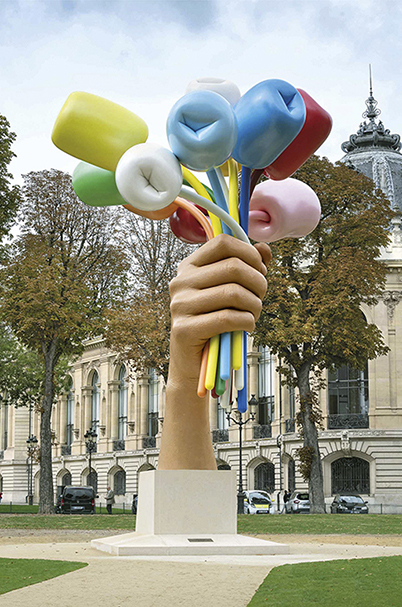The first question about art definition is “can art be defined? if so, which definitions are most plausible?”
These questions were inspiring Stephen Davies, a Distinguished Professor of philosophy at the University of Auckland, New Zealand, to explore the definition of art. He writes his inquiry on what is art in several books, such as, Definitions of Art (1991), The Philosophy of Art (2006), and Philosophical Perspectives of Art (2010).
Two major views in the attempt to define art are Essentialism and Anti-Essentialism. Essentialism believes that art can be defined because it has an essence or necessary conditions to be called art. At first, the necessary condition of art was ‘all man-made things’. However, this necessary condition faced difficulties when driftwood became an art without physical modification.
Other necessary conditions, such as beauty, creativity, and originality seem also have problems. In the contemporary era, something doesn’t have to be beautiful, creative, or original to be called an artwork.
In contrast to Essentialism, Anti-Essentialism argues that art has no essence that can make it be defined. Anti-essentialists formulate coherence from the resemblance among arts.
One of the anti-essentialist approaches is Cluster Theory which was coined by British philosopher Berys Gaut. Cluster theory states that art has a group of properties that indicate something being an art. Different combinations of properties can be sufficient to be called art.
These properties, for example, 1) possessing aesthetic properties, 2) being expressive, 3) being intellectually challenging, 4) being formally complex and coherent, 5) having capacity to communicate complex meanings, 6) exhibiting an individual point of view, 7) being an exercise of creative imagination, 8) requires high degree skill to produce, 9) belonging to an established artistic form, and 10) being the product of an intention to make a work of art. Something can be an ‘art’ if it fulfills any nine of these criteria. Also, another combination is possible, such as (1), (2), (4), (5), (8), and (9), as we see in Egyptian art. (Davies, 2010)
Another approach in anti-essentialism is Radical Stipulation. An analogy to this approach is a shopping list. The items on the shopping list have been made based on my subjective. It is not based on consistent principles or strict ratios. The thing that unites the items is my choice to put the items together. No underlying essence, it is only a list of arbitrary decisions. When the radical stipulation approach is applied in art, then what is called ‘art’ has been listed by art experts.
However, one of the objections to this theory is ‘how did the first art become defined?’ The first art has no traditions and practices that shape the art experts. Also, why do these experts—such gallery leaders, art historians, and certain art critics—deserve the authority to determine what art is? (Davies, 2006)
Another approach in the effort to define art is Institutional Theory. This theory states that the definition of art is determined by the art public. For being art, the artwork must be located in an intertwined web of practice, roles and frameworks, that is constituted in informally organized institutions, called the art world.
What determines art is its informal structure, not its history or function. Thus, the artistic properties are relational. It depends on the work’s embeddedness within a given socio-cultural art context. (Davies, 2006 & 2010). With this approach, someone can allow various traditions that usually exclude each other, as art, like Western art, Japanese art, Chinese art, Egyptian art, and many others.

